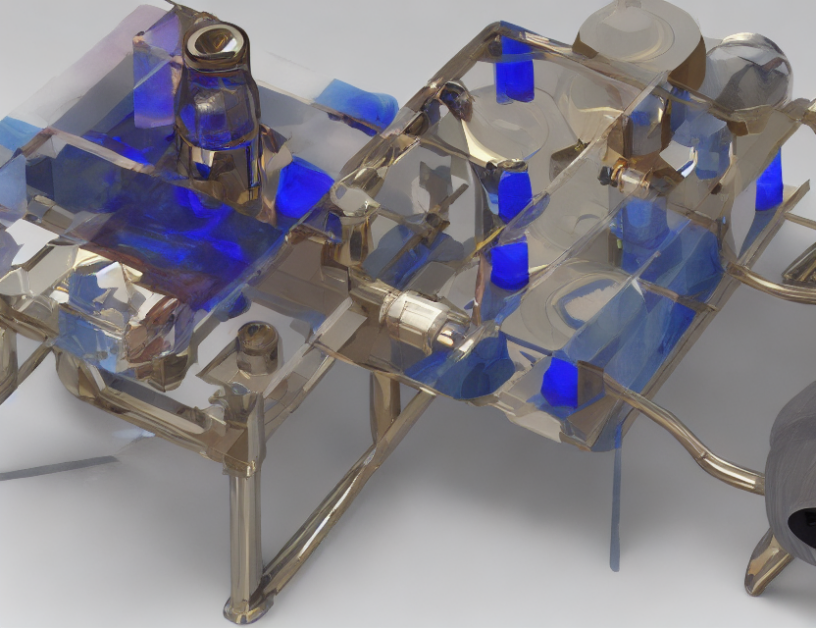Lapis is a custom-built instrument designed to purify liquid argon (LAr) used in the Scarf experiment. The LAr is passed through several traps, including water and oxygen traps, to remove impurities. The system also includes electrical heaters, reduction gas, and a vacuum pump for regeneration.
To understand how Lapis works, imagine a complex recipe for baking cookies. Just like how you need to remove impurities from cookie dough before baking, Lapis removes impurities from LAr before it’s used in the Scarf experiment. The system is like a kitchen with different tools and ingredients that work together to produce pure LAr.
The process starts at the bottom of the system, where LAr is added. It then passes through several traps, including water and oxygen traps, which are like filters that remove impurities from the LAr. The impurities are like extra ingredients that you don’t want in your cookie dough. After passing through these traps, the LAr is purified and ready to be used in the Scarf experiment.
To ensure that the LAr is completely pure, the system also includes electrical heaters, reduction gas, and a vacuum pump for regeneration. These tools are like extra ingredients that help remove any remaining impurities from the LAr. The regeneration process is like giving your cookie dough a final check before baking it to make sure it’s perfect.
The system is also designed to reduce heat load from the environment, which is like a warm oven that can affect the temperature of your cookies. To avoid this, Lapis is insulated with rubber foam along the LAr path, which is like wrapping your cookie dough in a cozy blanket to keep it fresh.
Overall, Lapis is a custom-built instrument that demystifies the process of purifying liquid argon for use in the Scarf experiment. By using everyday language and engaging metaphors or analogies, we can understand how this complex system works to produce pure LAr.
Instrumentation and Detectors, Physics
Liquid Argon Purification Instrument for Scarf (Lapis): A Custom-Built Solution for Improved Scintillation Properties



